A trailblazing study conducted by researchers from the Autonomous University of Barcelona (UAB) and the Max Planck Institute for Social Anthropology mapped out the economic and political borders of the territory of El Argar, the Bronze Age site credited with being the first state-level society in the Iberian Peninsula. The research provides insight into how El Argar exerted dominance over neighboring communities that were less centralized in their social structure, including those of La Mancha and Valencia, 4,000 years ago.
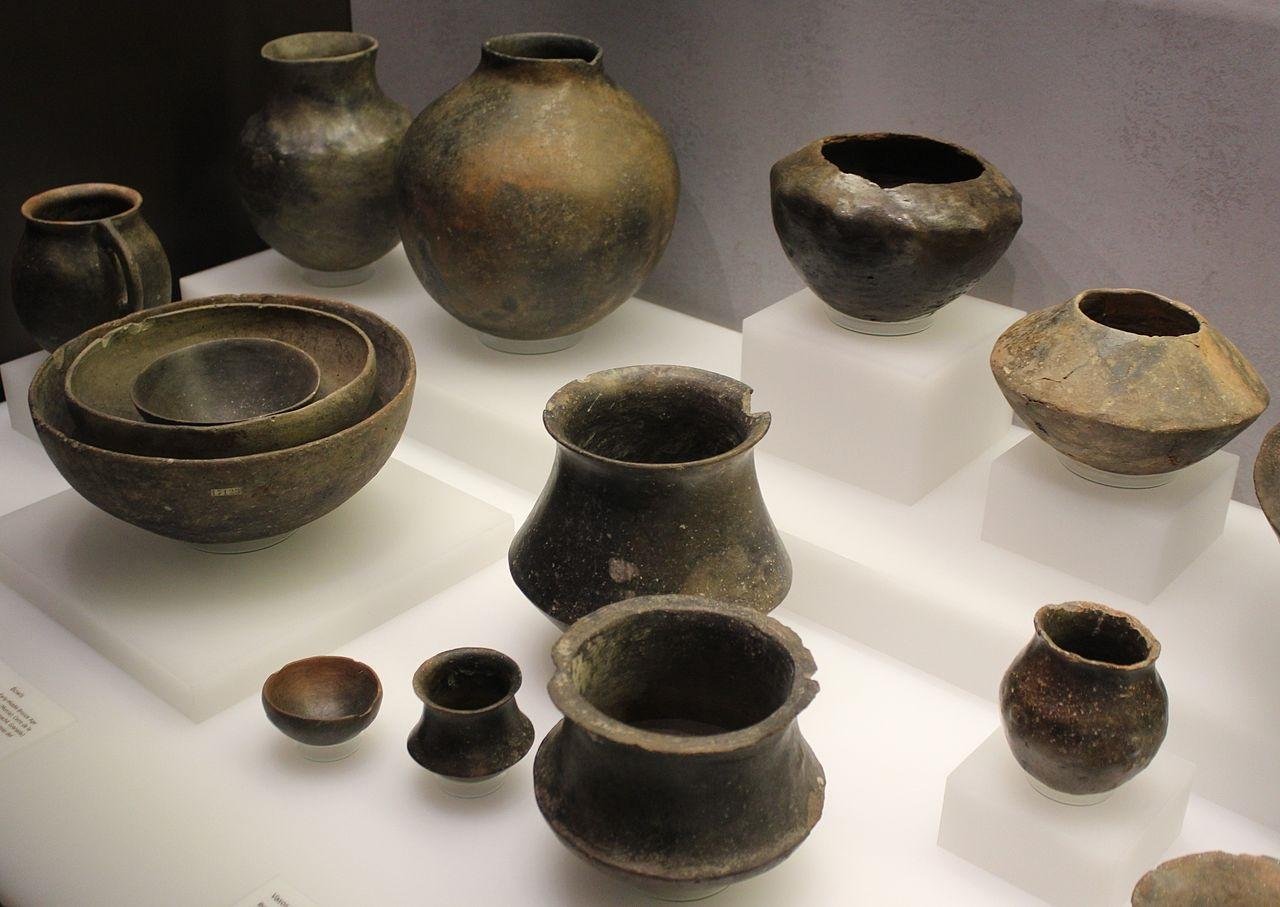
The study, published in the Journal of Archaeological Method and Theory, analyzes ceramic production and circulation in the borderland between present-day Murcia, allowing researchers to reconstruct the interaction dynamics of these groups between 2200 and 1550 BCE.
Until now, archaeological studies have paid little attention to the concept of borders, even though these played a key role in forming early states. “Any effort to understand the consolidation of the first states in recent prehistory must take into account how political boundaries were created and maintained,” said Roberto Risch, professor in the Department of Prehistory at UAB and coordinator of the study.
By focusing on how pottery was produced and distributed throughout the area, the researchers identified clear economic and political borders that separated El Argar from its neighboring societies. Such findings suggest that El Argar regulated ceramic distribution in a way that strengthened its dominance over less centralized communities. “We have been able to observe active zones of exchange and negotiation, in which power relations and social differences could be traced through the circulation of pottery vessels,” explained Adrià Moreno Gil, a researcher at the Max Planck Institute for Social Anthropology and lead author of the study.
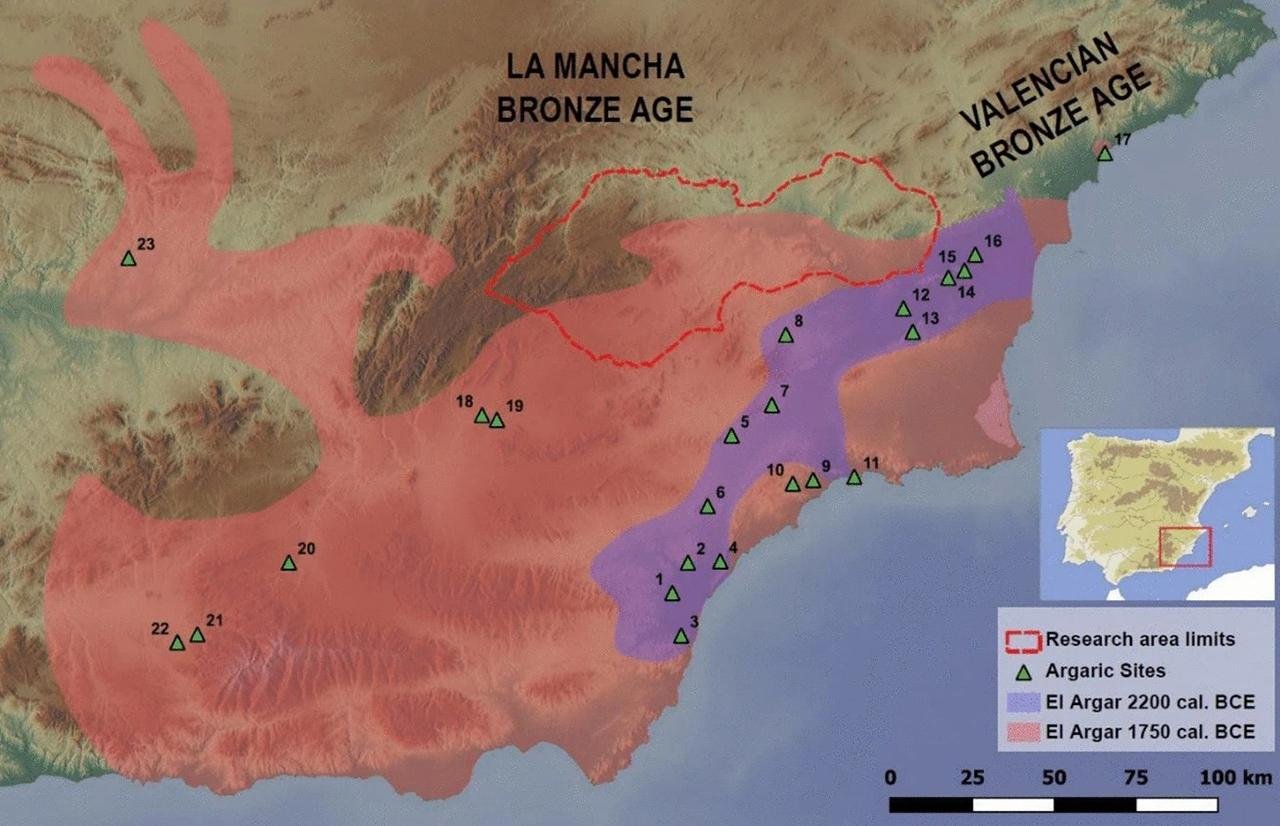
The research reveals the main divergence in ceramic production characteristics between El Argar and its neighboring regions. Argaric ceramics, made from clay extracted from the coastal mountains of Murcia and Almería, were more commonly found in southern sites of the study area and indicate a large-scale ceramic distribution network likely controlled by central settlements of El Argar.
However, in the northern part of the research area, small-scale pottery workshops using locally sourced clay were more common. This indicates a fundamental divide in economic organization: El Argar operated a centralized production and trade system, while the other settlements tended to sustain more localized and domestically scaled economies.
To reach these results, the team combined extensive field surveys, petrographic analysis of the ceramic materials, and spatial modeling using geographical information systems (GIS). This enabled them to map production and circulation areas with unprecedented detail. According to Carla Garrido García, a doctoral researcher at UAB and co-author of the work, “Our study demonstrates that the analysis of ceramics is a key tool for understanding economic exchanges, social relations, and the configuration of border spaces between political and economic entities.”
This study provides compelling evidence that the first state structures in Western Europe, including El Argar, had developed quite sophisticated economic and political systems much earlier than was previously thought. The results of the current research significantly enhance our understanding of El Argar and pave the way for proposing a model for studying other early state societies.
Moreno Gil, A., Garrido García, C., Bonora Soriano, B. et al. (2025). Bronze Age Frontiers and Pottery Circulation: Political and Economic Relations at the Northern Fringes of El Argar, Southeast Iberia, ca. 2200–1550 BCE. J Archaeol Method Theory 32, 36. doi:10.1007/s10816-025-09702-y




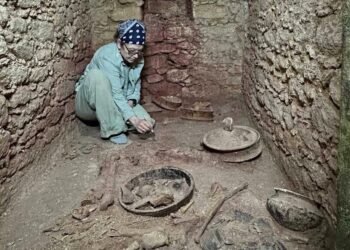
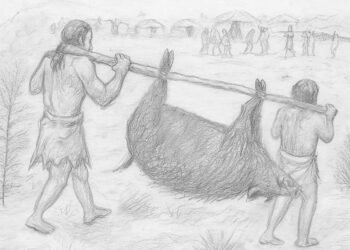
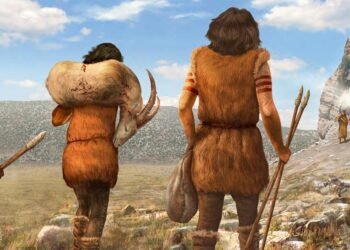


















Comments 0